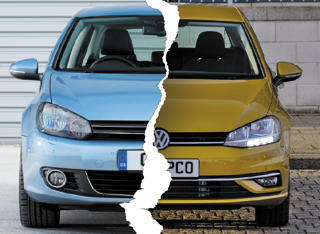Carmakers started the year not wanting to overload dealers with products, but that appears to be changing as their costs are driven skywards by increasing raw material prices.
"It is inevitable from our standpoint because we have pricing pressure in terms of cost from steel and plastic," Press told Dow Jones Newswires.
"Incentives will be a key part but the focus will shift on those products that are facing the headwinds, such as trucks and SUVs, rather than those benefiting from the tailwind like cars."
Dealers fear that incentives might cut into profit margins and may cheapen brand images. But Press said they can work as long as they are used strategically.
"It is wrong to use incentives to create business," he said. "They need to be used tactically on those products where there is an inventory imbalance to temporarily make them more attractive to get some volume."
In the US, Chrysler's average incentive per vehicle sold in May was $3,714 (£1,883).
Ford's average was $3,326 (£1,686).
GM's was at $3,477 (£1,762).
Nissan's average U.S. incentive was $2,090 (£1,059).
Honda's was $1,256 (£636)
Toyota was $1,045 (£536).
















Login to comment
Comments
No comments have been made yet.